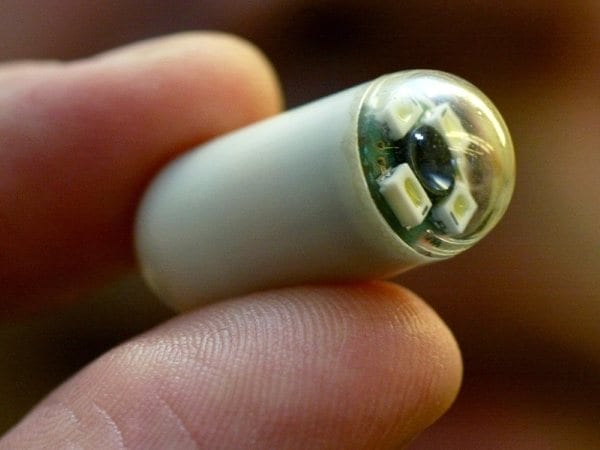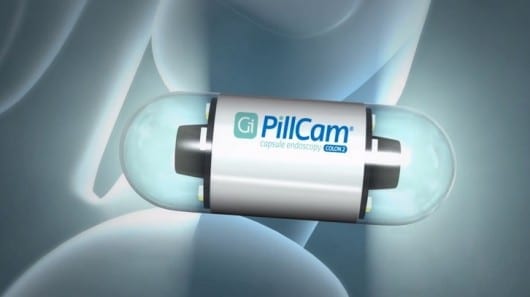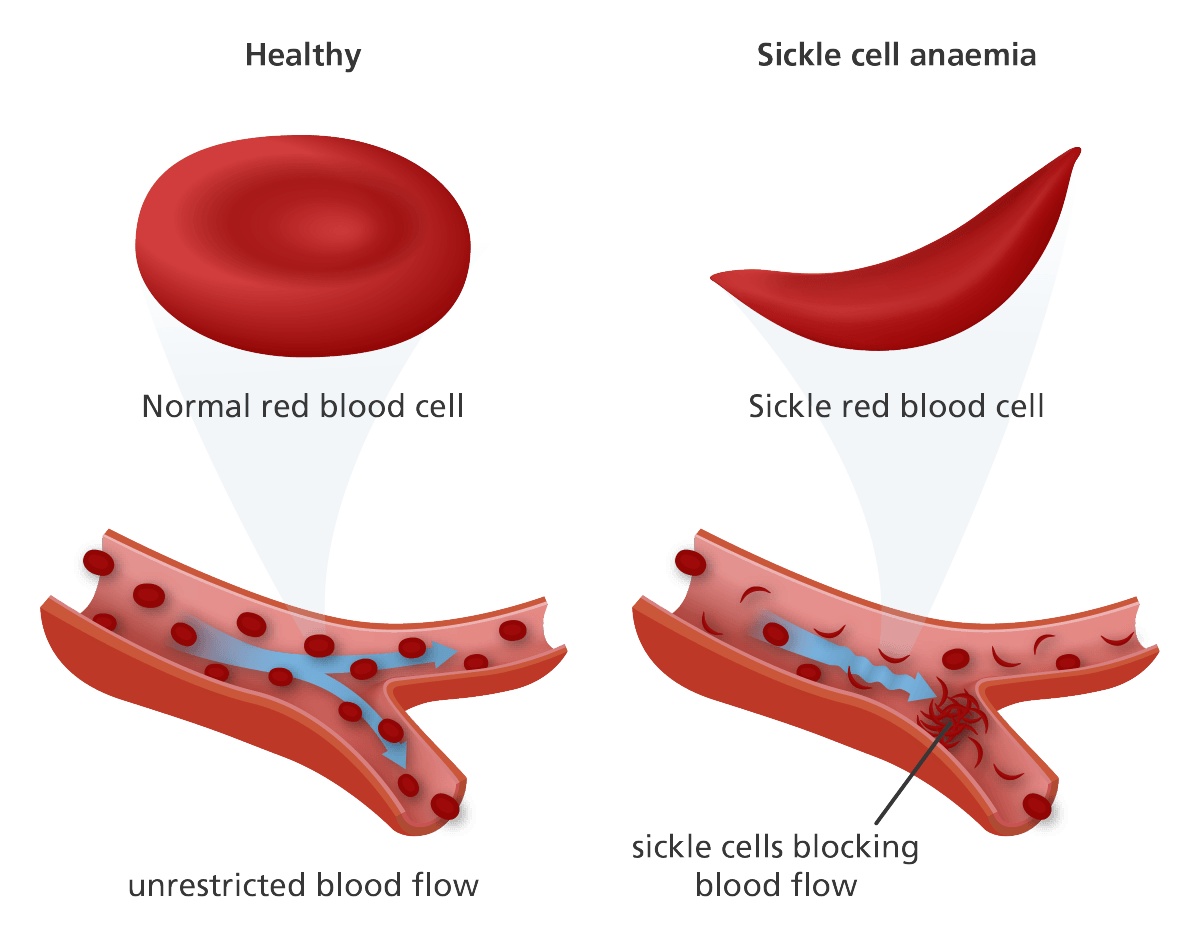
Researchers from the University of Glasgow have found a way to make swallowable cameras more effective at detecting cancers of the throat and gut.
In recent years, tiny sensing systems small enough for patients to swallow have proven to be a valuable clinical alternative to more intrusive imaging methods such as endoscopes.
Until now, the systems, often known as video-pill, have relied on illuminating patients’ innards using a small light source, restricting clinicians to conclusions based on what they can see in the spectrum of visible light.
In a new paper published today (Friday 18 December) in the journal Scientific Reports, researchers from the University’s School of Engineering describe how they have used fluorescent light for the first time to expand the diagnostic capabilities of the video-pill.
Flurorescence imaging is already a powerful diagnostic tool in medicine, capable of clearly identifying in patients the rich blood supplies which support cancers and help them to grow, but which can be missed by examination under visible light. However, past fluorescence imaging technologies have been expensive, bulky and consume substantial power, confining the technique to laboratories and hospital examination rooms.
Using an advanced semiconductor single-pixel imaging technique, the researchers have managed to create flurorescence imaging in a small pill form for the first time.
The project was led by Professor David Cumming, in Electronic and Nanoscale Engineering at the University of Glasgow.
Research Associate, Dr Mohammed Al-Rawhani said: “The system we’ve developed is small enough and power efficient enough to image the entire human gastrointestinal tract for up to 14 hours.
“We’ve confirmed in the lab the ability of the system to image fluorescence ‘phantoms’ – mixtures of flavins and haemoglobins which mimic closely how cancers are affected by fluorescence in parts of the body like the intestines, the bowel and the aesophagus.
“The system could also be used to help track antibodies used to label cancer in the human body, creating a new way to detect of cancer.
“It’s a valuable new technique which could help clinicians make fewer false positives and negatives in cancer diagnosis, which could lead to more effective treatment in the future.”
Read more: Breakthrough for video-pill cancer imaging
The Latest on: Video-pill
[google_news title=”” keyword=”Video-pill” num_posts=”10″ blurb_length=”0″ show_thumb=”left”]
via Google News
The Latest on: Video-pill
- Doctors warn against viral tanning trends like pills and nasal sprayson May 1, 2024 at 4:38 pm
The risks of staying out in the sun or under UV lights of a tanning bed are known to cause skin cancer and faster aging. But now, doctors are saying some of the tanning trends going viral online could ...
- Over-the-counter birth control pill now availableon May 1, 2024 at 3:10 pm
A Columbus City Schools senior will be attending college without the worry of racking up debt. Independence High School senior, Michael Hock, is one of 300 students nationwide to receive the Gates ...
- Trump says states should decide on prosecuting women for abortions, has no comment on abortion pillon April 30, 2024 at 6:54 am
Recommended Videos “You don’t need a federal ban,” the presumptive ... Trump declined to speak with Time about mifepristone as access to the abortion pill has been thrown into uncertainty amid a legal ...
- Some North Carolina abortion pill restrictions are unlawful, federal judge sayson April 30, 2024 at 3:19 am
Recommended Videos Other restrictions on the drug mifepristone that ... when used in combination with a second drug, misoprostol. The pills are now used in more than half of all abortions in the U.S.
- Employee Caught Pocketing Pills at Tamarac CVSon April 28, 2024 at 6:41 am
Inventory specialist Jennifer Hayes, 39, from Tamarac, was arrested at the CVS at 10004 West McNab Road on April 22. The arrest was made after the Broward County Sheriff’s Office conducted a ...
- Male Enhancement Pills: The Best Treatments and Where to Buy Them in 2024on April 24, 2024 at 5:00 pm
The male enhancement pills available on the market today are ... and you may be required to meet over video, depending on your state. Cost: You will pay a one-time $25 fee for your first visit.
- Video: First Look at Steve Carell, William Jackson Harper & More in UNCLE VANYAon April 23, 2024 at 11:33 am
Get a first look at footage of Uncle Vanya at Lincoln Center Theater starring Steve Carell, William Jackson Harper and more.
- Lakers star LeBron James might have just leaked a new Beats Pill Bluetooth speakeron April 23, 2024 at 2:52 am
T here are three kinds of people who get new tech first — tech journalists, people who worked on the project, and big celebrities to show it off before it hits shelves. LeBron James is a big fan of ...
- The hidden references that you might have missed in Taylor Swift’s 'Fortnight' music videoon April 22, 2024 at 3:45 am
Taylor Swift just dropped her 11th studio album, The Tortured Poets Department. And with it came our first visual look at her latest era, in the form of the music video for 'Fortnight', featuring Post ...
- The best new rock songs you need to hear right now, including Blues Pills, Bill Fisher, Demon and moreon April 21, 2024 at 9:34 pm
By their own admission, Blues Pills have their share of “depressed sounding songs ... For all its garage-y psych/doo-wop bounce and Northern Soul edges – plus a stylishly screwy video that’s a bit ...
via Bing News










